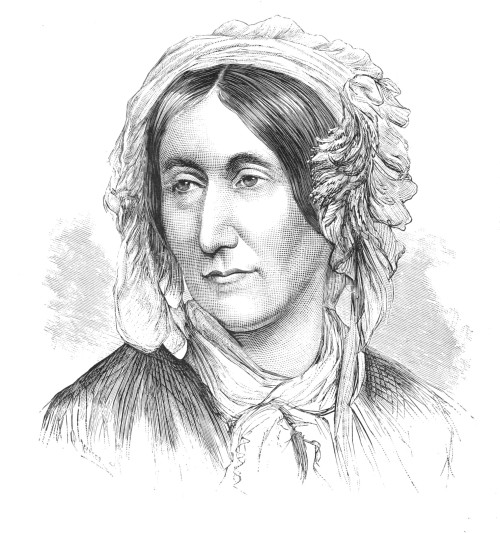Tag archives: science history
In the footsteps of Cecil Powell
By Matin Durrani
I spent yesterday at the University of Bristol, where a meeting was held to celebrate the 70th anniversary of the discovery of the pion in 1947.
The particle was spotted by Cecil Powell, who joined the university’s physics department in 1928 and went on to win the 1950 Nobel Prize for Physics for his efforts.
At the time, the pion was thought to be the carrier of the strong nuclear force, which binds protons and neutrons in the nucleus, though we now know it is one of a family of strongly interacting mesons.
As we heard yesterday from introductory speaker Brian Pollard, Powell found evidence for the pion using a series of ingenious (and literally breathtaking) experiments that involved him taking specially manufactured photographic plates to high altitudes up the Pic-du-Midi mountain in the Pyrenees.
View all posts by this author | View this author's profile
LEGO acoustics, potato cannons go to war, personal politics and popular science
By Hamish Johnston
In the above video Brian Anderson of Brigham Young University shows how the acoustic concept of “time reversal” can be used to knock over a series of LEGO figures using sound. The idea is that sound waves are broadcast into an environment and captured by a sensor at a specific location. The signal is then used to work-out how the sound waves bounced about before reaching the location and this information is then used to target that specific location with subsequent sound waves. In the demonstration, sound knocks over 29 LEGO figures one-by-one. It’s very impressive and entertaining as well.
View all posts by this author | View this author's profile
Freeman Dyson on the physics dream team, Tycho Brahe’s heavy metal, Tintin bags an astronomical sum

Mr Freeman Dyson: “so lucky” not to have a PhD. (CC BY-SA 2.0/Jacob Appelbaum)
By Hamish Johnston
What would it be like to have known Hans Bethe, Wolfgang Pauli, Robert Oppenheimer and Richard Feynman? One person who can tell is the theoretical physicist Freeman Dyson, who recounts his extraordinary life in an interview in Nautilus entitled “My life with the physics dream team”. Born in the UK, he got a degree in mathematics at the University of Cambridge before embarking on a PhD with Bethe at Cornell. Remarkably, Dyson did not complete his doctorate – something he seems rather pleased with: “I was so lucky. I slipped through the cracks.”
View all posts by this author | View this author's profile
Steven Weinberg defends his ‘Whig’ view of history

Steven Weinberg in full flow discussing his view of the history of physics.
By Matin Durrani in Baltimore, Maryland, US
I wasn’t planning on blogging about the talk that the Nobel-prize-winning physicist Steven Weinberg gave yesterday afternoon here at the APS March meeting. He’d been speaking about his recent book To Explain the World: the Discovery of Modern Science, which examines the history of physics from the ancient Greeks to the present day.
The book ruffled a fair few feathers when it was published last year, with historians and philosophers annoyed at Weinberg’s approach to history, which basically involves judging the past from the standpoint of the present. It’s known as the “Whig interpretation” of history and sees past events as a march towards enlightenment, ignoring dead-ends and blind alleys. It’s the history of winners, if you like.
I have probably mis-stated the criticisms of Weinberg book – I’m no historian – and that’s my point. I felt the arguments against his approach were too subtle and nuanced to fit in a blog. But I changed my mind this morning about covering the session Weinberg appeared in. Not only because the room where Weinberg gave his talk was full to bursting, with about 500 people present, but also because some of the things he said, which I Tweeted yesterday, were proving popular on Twitter. Clearly, people want to hear what Weinberg says – he’s a master of the soundbite – so here, for posterity, are a few of his thoughts.
Mary Somerville to appear on new Scottish banknote

Mary Somerville lived to the age of 91.
By James Dacey
Alice Prochaska, the principal of Somerville College, Oxford, told me yesterday that she is “absolutely thrilled” that Mary Somerville (1780–1872) will appear on a new £10 Scottish banknote. Prochaska believes the decision will help to give the Scottish polymath, whose work led to the discovery of Neptune, the wide recognition she has not yet received. Somerville will be the first woman other than a royal to appear on a Scottish banknote.
The decision had been announced earlier this week by the Royal Bank of Scotland (RBS), following a somewhat bungled public vote. On 1 February, RBS launched a week-long Facebook poll to determine whether Somerville, the engineer Thomas Telford or the physicist James Clerk Maxwell should adorn the new note, which will be issued in the second half of 2017. Having led comfortably throughout, Somerville was overtaken at the eleventh hour by Telford, following a suspicious flurry of votes mainly from outside of the UK. This triggered a three-day stewards’ inquiry before the bank declared Somerville the winner on Wednesday.
View all posts by this author | View this author's profile
